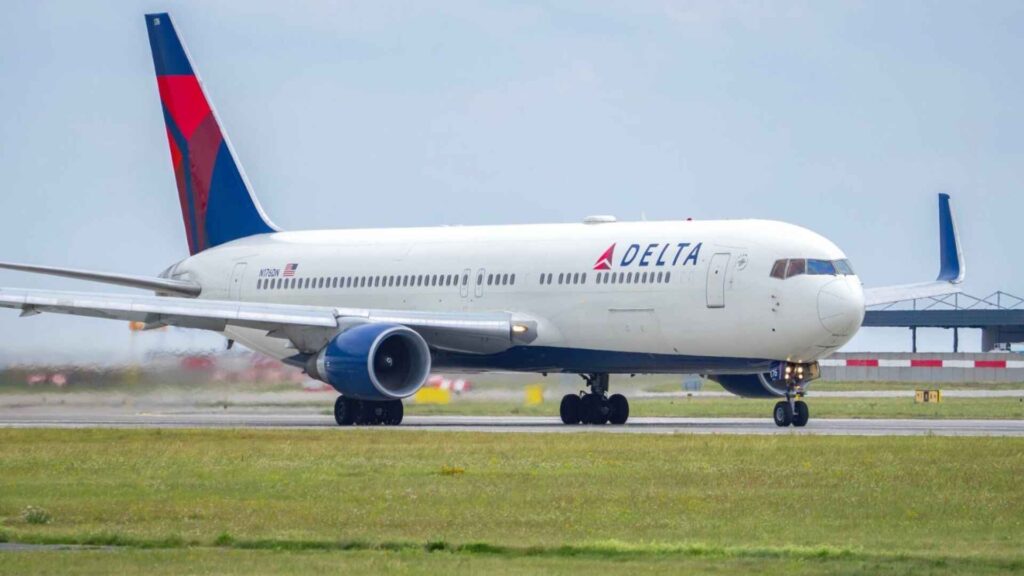In a historic deal reshaping the nation’s freight industry, Union Pacific and Norfolk Southern announced Tuesday they have agreed to merge, forming the first fully integrated U.S. transcontinental railroad. The landmark transaction, confirmed by both companies, is expected to close in early 2026 pending regulatory approval.
The merger will combine Union Pacific’s extensive western network with Norfolk Southern’s eastern operations, creating a unified coast-to-coast rail system for the first time in American history. According to The New York Times, the agreement values Norfolk Southern at approximately $75 billion and represents one of the largest transportation mergers in decades.
Historic Integration
Union Pacific and Norfolk Southern executives said the consolidation will improve efficiency, reduce shipping times, and strengthen U.S. supply chains. “This merger marks a pivotal moment in our industry,” Union Pacific CEO Jim Vena said in a statement. “By joining forces, we can offer customers seamless, transcontinental service that has never before existed in the U.S.”
The combined company will operate under the Union Pacific name and be headquartered in Omaha, Nebraska, with significant operational centers remaining in Norfolk, Virginia, and Atlanta. Norfolk Southern CEO Alan Shaw, who will serve as vice chairman post-merger, described the deal as a “strategic alignment that unlocks new capacity and connectivity.”
Market Reaction and Regulatory Outlook
Shares of Union Pacific stock (UNP) rose more than 4% following the announcement, while Norfolk Southern stock (NSC) jumped nearly 7% in pre-market trading, according to CNN Business. Analysts said the merger could spark broader consolidation in the rail industry, though federal regulators, including the Surface Transportation Board, are expected to closely scrutinize the deal over antitrust concerns.
The companies project billions in cost savings through streamlined operations and anticipate adding significant long-term value to shareholders. “This transaction combines two strong, complementary franchises,” said transportation analyst Karen Donahue. “But regulators will need assurance that competition and service reliability won’t be compromised.”
Industry and Economic Impact
The newly merged railroad will operate more than 52,000 miles of track, serving nearly every major U.S. port and connecting key industrial regions. The move is expected to intensify competition with Canadian Pacific Kansas City, currently North America’s only railroad with direct service linking Canada, the U.S., and Mexico.
Economists say the union of Union Pacific and Norfolk Southern could bolster domestic manufacturing and agricultural exports while easing pressure on trucking networks. However, labor unions have voiced concerns about potential job cuts and operational restructuring.
If approved, the merger would mark the most significant transformation in the U.S. rail sector since the 1990s and could set a precedent for future mega-mergers among Class I railroads.







